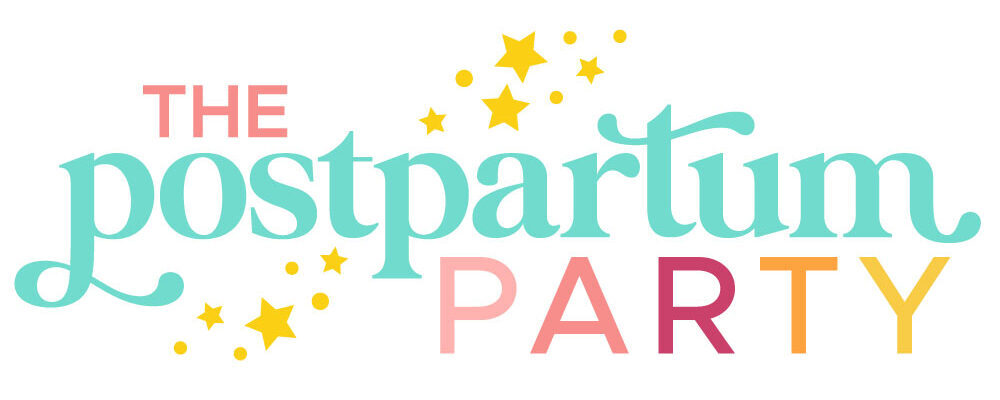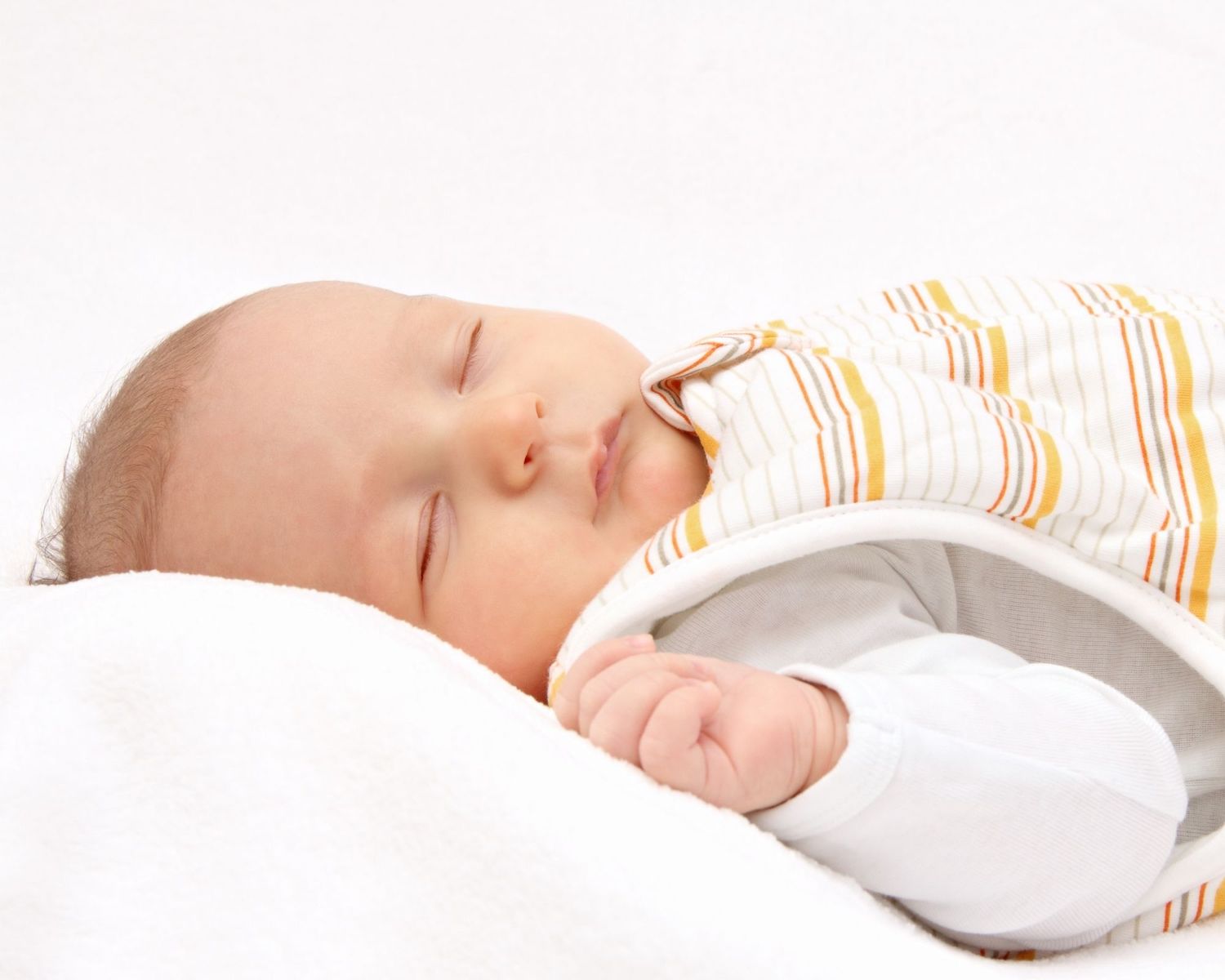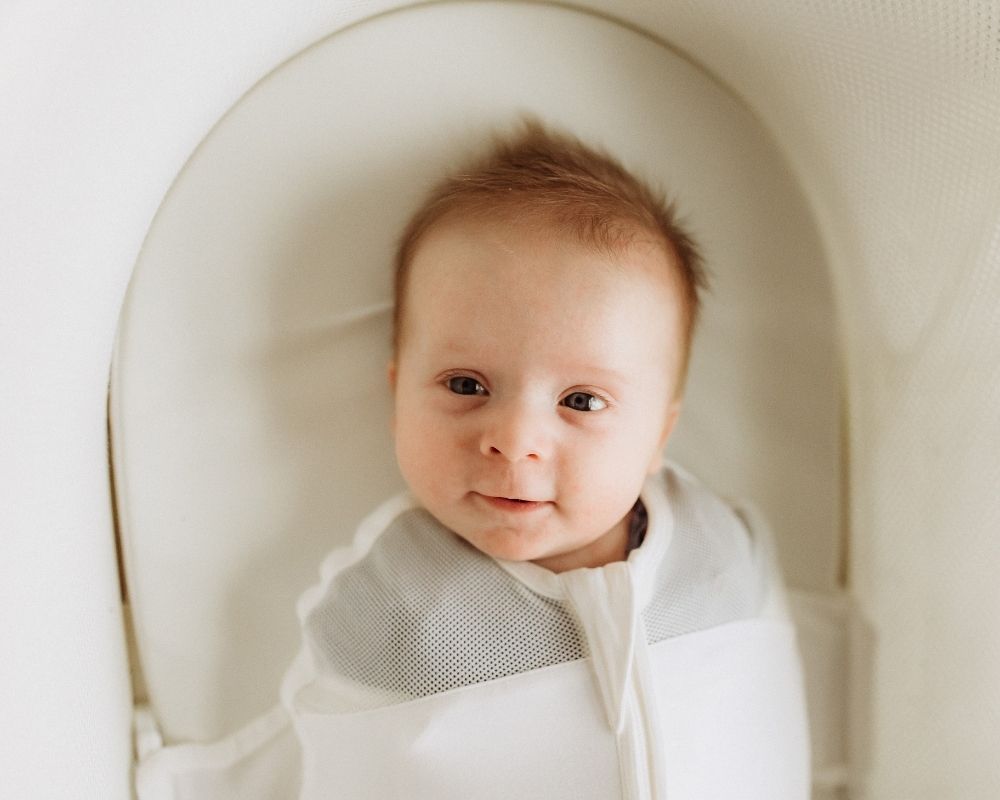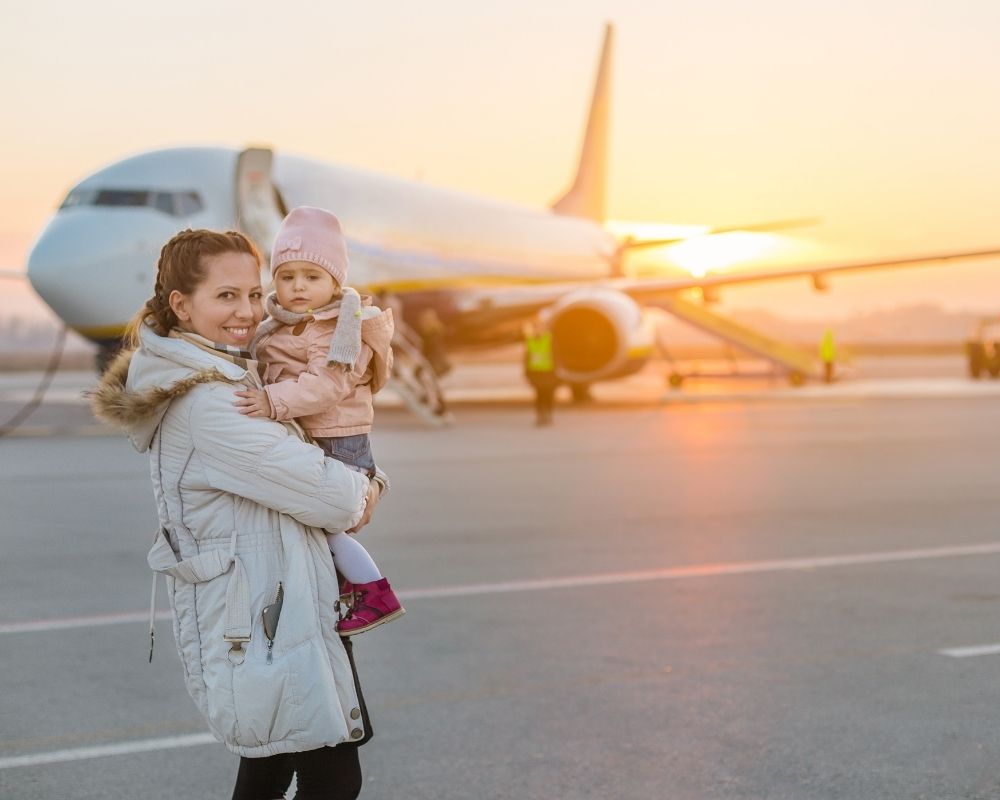When is your baby too big for the bassinet? Here’s how you’ll know when it’s time to transition from the bassinet to crib to keep your baby safe and sleep intact for everyone!
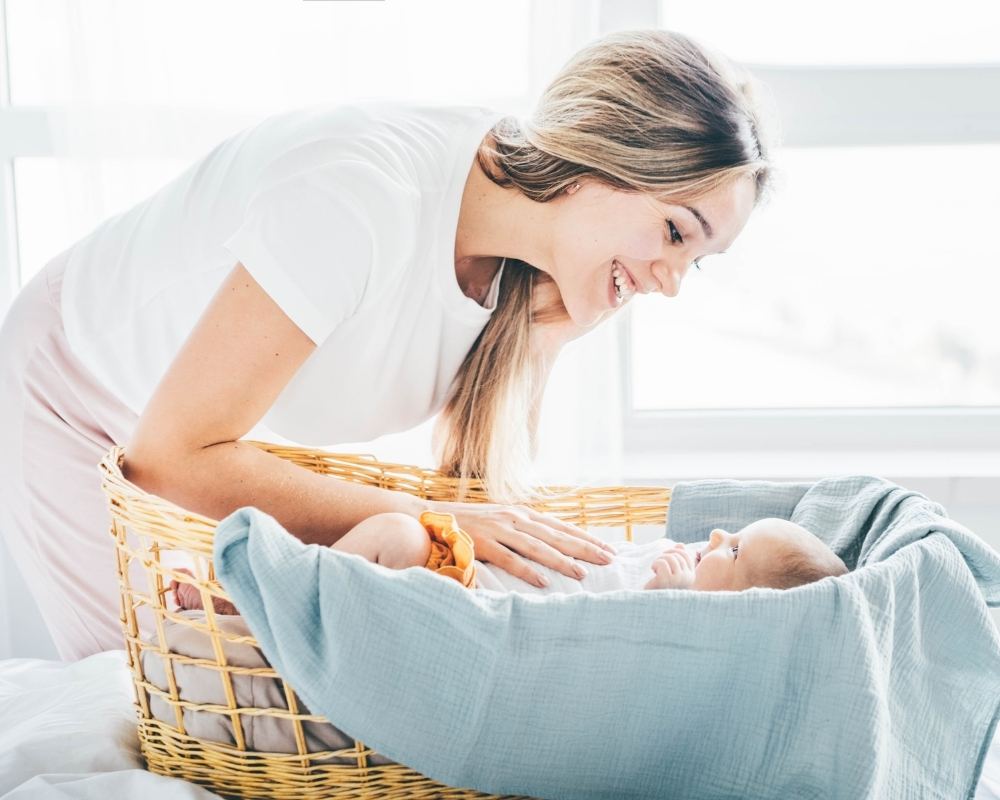
Is your baby a bassinet sleeper?
I know not every family uses a bassinet for newborns, but I personally find them so useful in those early months when you’re room sharing!
The American Academy of Pediatrics recommends that new babies sleep in their parents’ room for the first 6 months of their lives. While I know that’s not an option for everyone, a bassinet can make room sharing so much easier!
If you’re trying to decide between a crib or bassinet, check out my post on bassinets vs. cribs to see which one makes sense for your family.
Bassinets are a great, safe, and compact option for those early days when you’re all crammed into one room.
But like so many things, your baby will eventually outgrow their bassinet. So how long can your baby sleep in a bassinet and when is your baby too big for their bassinet?
Let’s talk about how you can tell when it’s time to transition your baby from the bassinet to a crib.
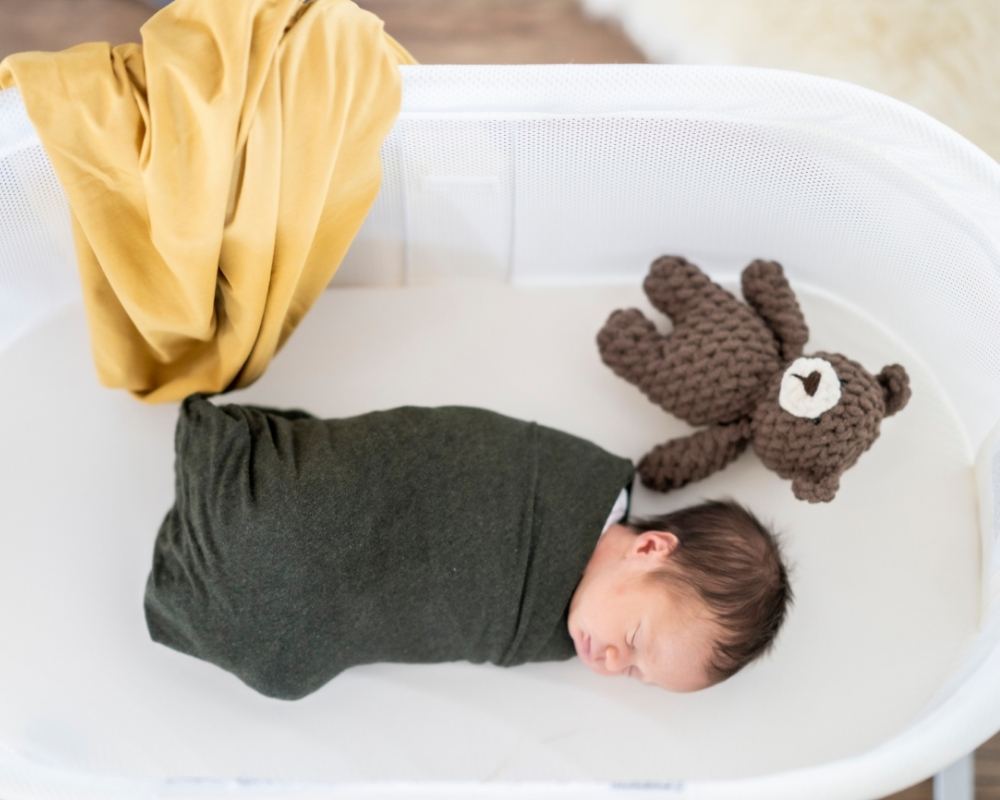
What Age Do Babies Outgrow their Bassinet?
While there is no widely-used specific age limit for bassinet use, each individual bassinet will have a weight, age, and/or length limit.
When you’re trying to determine when to stop using the bassinet, it’s actually more about your baby’s physical development than their age.
However, generally speaking, most babies will outgrow their bedside sleeper between 4–6 months.
Speaking of bassinets, some families opt for bassinet-style strollers for their newborns. I know some people who really love their bassinet strollers, because it makes it easy for baby to nap on the go!
If you have one, you might be wondering: when is my baby too big for a bassinet stroller? Well, similarly to the bedside bassinet, there will be a length and weight limit that you need to pay attention to.
What is the Average Weight Limit for a Bassinet?
With a large range of bassinets available on the market, you can find all sorts of variation in weight limits.
I’ve seen some bassinets with a weight limit as low as 10 pounds, and others that go all the way up to 25 pounds.
On average, many of the traditional bassinets on the market will work for babies up to 15 pounds or so. But like I said, it’s possible to find bassinets with higher weight limits (like the SNOO) if you’re looking for something with more longevity!
If you think you’re going to room-share with your infant for the first 6 months, I highly recommend buying a bassinet with a heavier weight limit.
The higher the weight limit on your baby’s bassinet, they longer they can use it before having to transition to a crib!
Bassinets with heavier weight limits will tend to be on the larger side, so keep that in mind for planning purposes, especially if you’re looking for a bassinet that will fit in a smaller space.
Developmental Milestones that Make Bassinets Unsafe
Bassinets comes with weight limits for a reason: your baby will be in danger of tipping the bassinet over if they are over the weight limit!
But there are another couple of developments to look out for to make sure you stop using the bassinet before it’s unsafe for your baby.
For example, your baby should be able to lay down in the bassinet fully outstretched without their head and feet touching the top and bottom edges. Before your baby gets too long for their bassinet, be sure to transition them to a crib with more space.
Aside from your babe’s body growth, you’ll also need to keep an eye on their milestones. Bassinets are meant for younger babies who are immobile and stay on their backs when they sleep.
Can Baby Sleep in Bassinet if Rolling Over?
Once your baby starts rolling over in their sleep, bassinets are no longer a safe sleep surface.
Bassinets are not meant for use by babies who can roll—the bassinet is lightweight and there’s a risk that a rolling baby will be able to topple it over.
Additionally, not all bassinets have mesh/breathable siding. You need to make sure that your baby won’t roll and wedge themselves into a position that makes it hard to breathe.
Likewise, if your baby can pull themselves up or sit up, they should be using a crib and not a bassinet.
Cribs have higher walls, they’re made from safety-rated sturdy materials, and cribs can be lowered to keep your baby at a safe height to reduce risk of injury from falls.
Best Bassinet Options
When it comes to functionality, the Halo bassinet is one of my personal favorites. The bassinet’s height can be adjusted and it has a built-in swivel function, so you can easily move it close to your bedside–it’s perfect for C-section mommas!
Many families swear that the SNOO smart bassinet is the gold standard—and it’s got the price tag to match. There’s really no arguing with all of the amazing first-hand reviews, through. Plus, its weight limit is 25 pounds and there’s an option to rent it!
I’ve also written posts comparing the Halo and the SNOO, as well as SNOO alternatives on the market. You can decide for yourself if a smart bassinet is in your baby’s future!
Lastly, if you want to just stick with one full-utility item that serves many purposes, you can’t go wrong with Pack N Plays that have bassinet inserts!
- Practical Tips if your Toddler is Going Through A 3-Year Old Sleep Regression - April 26, 2024
- Baby Led Weaning vs Purees — Which Should I Choose? - April 25, 2024
- 10 Adorable Letter Board Pregnancy Announcements - April 25, 2024
